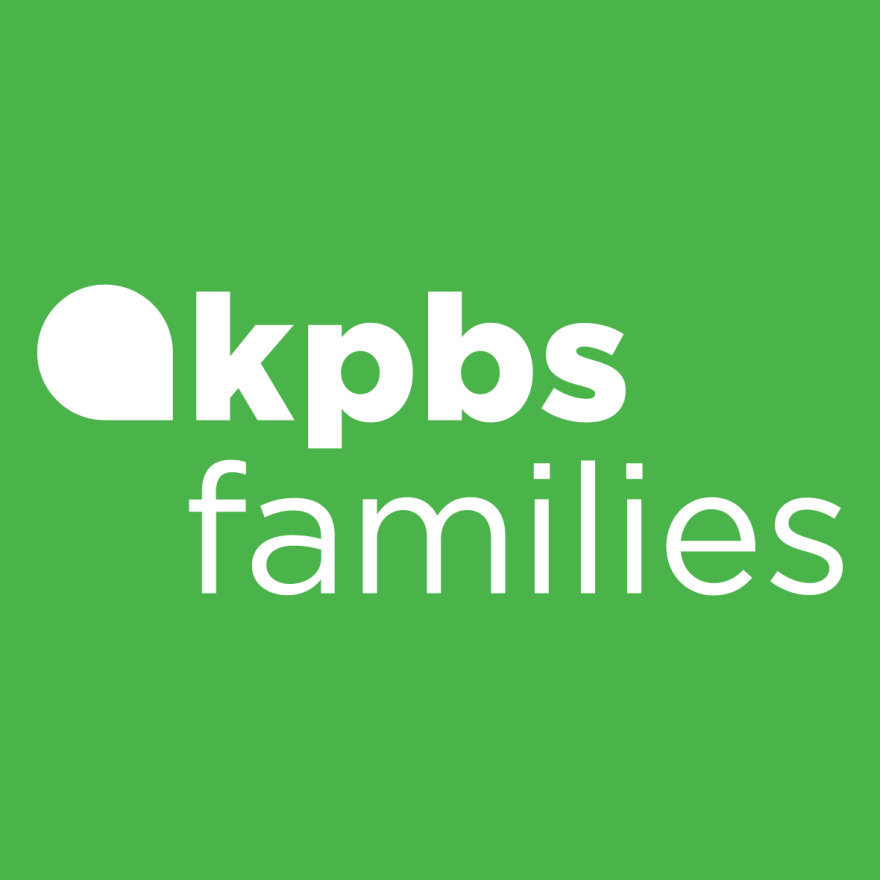How can parents support their children’s friendships through different ages and stages? As children grow, so do their abilities to build friendships. Here’s how to guide your kids as they grow and make new friends along the way!
Depending on your child’s age, you might find yourself more engaged in their friendships. When children are young, parents and caregivers plan playdates and guide them into friendships. As children get older, they can choose their friends for themselves — from fleeting friendships on a playground to lasting friendships in a school classroom or outside activities. For kids and grown-ups, friendship can teach us something new about ourselves and others.
As a parent to 12- and 8-year-old daughters, I’ve watched my kids build friendships across many times and places. The “Friendship” episode of the “PBS KIDS Talk About” video series reminds me of how parents play an important role in helping children understand their friendships.
Three Ways to Help Your Child Build Better Friendships
Allow your child to see your friendships. There’s a saying that “attitudes are caught, not taught.” Children can also “catch” how to relate to others from the friendships they observe. For young children, this might mean watching the adults around them interact. As children develop, they learn what to do (and not do) from the friendships they observe. As we see in the “Friendship” episode, as kids grow, they begin to identify the qualities they like in a friend and seek out friends with these characteristics and behaviors. Caregivers play an important role in helping children understand appropriate and supportive behavior in friendships by modeling our own healthy friendships. For example, perhaps you’ve made a meal for a friend who’s going through a hard time. Showing your child how you care for your own friends is a chance for you to talk about how they can apply the same attitudes of goodwill in their own relationships.
Help your child to understand that there are many ways to be a friend. Not all children will interact with one another in the same way — and that’s OK! In the “Friendship” episode, sisters Naura and Aanya talk about making new friends with children who were new to their school with the help of a “buddy bench.” A buddy bench is a place where children looking for a friend can sit and other children can invite and include them in their play. Helping children understand that there’s no one “right way” to make or be a friend can help them invite and include others who may interact differently than them. Some children may be hesitant to engage with their peers, while others may be excited to meet new people and interact.
While there is no “right way” to be a friend, there are wrong ways to be a friend. Children in the episode talk about what they look for in friends. Ask your child to list what makes a good friend. This can help them make good choices and approach others with kindness and care. Teaching children to approach others with empathy and compassion can help them to interact with all types of children — and make all types of friends!
Support your child when friendships are hard. As parents, it can be difficult to see our children unhappy or hurt because of social situations. Maybe you remember a time when you were your child’s age and you had similar difficulties making or keeping friends. Sharing these stories with your child can show them that challenges in friendships are normal — and that you can be a support during hard times.
Teach your child that disagreeing with a friend doesn’t mean a friendship is over. Discuss how they can respectfully disagree with others without being hurtful or harmful. If your child has a tough argument with a friend, offer to talk about the issue together and listen to understand what has happened. Talking through what happened can help children navigate tricky friend situations in the future.
During the “Friendship” episode, Jayce recounts a disagreement with a friend over a computer game. He tells his mom that it made him upset, but agrees that it’s OK to be mad and still be friends. When arguments happen, consider helping your child explore which parts of the issue are their responsibility — and if they need to apologize for things that they said or did. Sometimes the hurt is so deep that it might be hard for your child to forgive. When this happens, it might result in the end of a friendship. Guiding children at the end of friendships is just as important as helping them at the beginning.
It can be hard to see your child experience the ups and downs of friendship. But the friendships your child has in their younger years will prepare them for the more complex friendships they may have in the future. Your support and care are important parts of helping children learn how to be caring friends throughout their lives.







